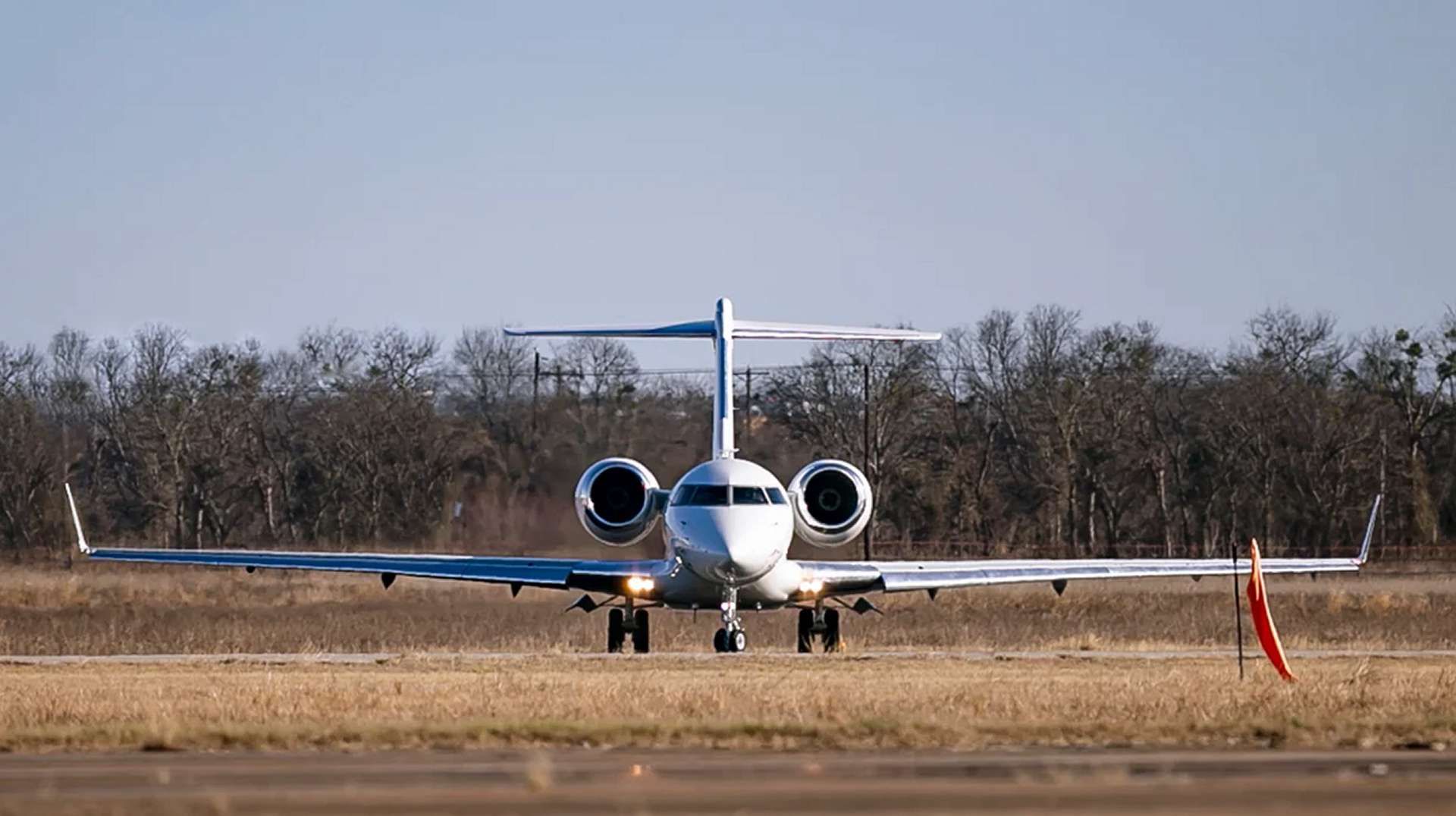Breaking News
US Army selects Sierra Nevada to develop future HADES spy planes.
On August 22, 2024, the U.S. Army selected Sierra Nevada Corporation as the lead system integrator for the High Accuracy Detection and Exploitation System (HADES), a step in the modernization of the Army's aerial intelligence, surveillance, and reconnaissance (ISR) capabilities. The initial award under this 12-year indefinite-delivery, indefinite-quantity contract is valued at $93.5 million, with a total potential ceiling of $991.3 million.
Follow Army Recognition on Google News at this link

The High Accuracy Detection and Exploitation System (HADES) program is designed to enhance the speed, range, payload, and endurance of the US Army's aerial intelligence, surveillance, and reconnaissance (ISR) operations. (Picture source: US Army)
The High Accuracy Detection and Exploitation System (HADES) program is designed to enhance the speed, range, payload, and endurance of US Army's aerial ISR operations, supporting the joint force and addressing the demands of future multi-domain operations against peer and near-peer adversaries. HADES will integrate capabilities from the Army’s existing ISR fleet, including signals intelligence (SIGINT) and communications intelligence (COMINT) sensors.
It is intended to provide deep sensing capabilities at altitudes up to 70,000 feet, supporting Long Range Precision Fires and enabling the Army to counter long-range threats with significant standoff ranges. The system's operation at these altitudes is expected to increase aircraft survivability rates and enhance line-of-sight, positioning HADES as a sensor-to-shooter network enabler within the Army’s modernization efforts.
According to Doug Bush, Assistant Secretary of the Army for Acquisition, Logistics, and Technology, the selection of Sierra Nevada Corporation aligns with the Army's plan to execute the HADES program strategy in a disciplined manner. The program aims to deliver next-generation aerial ISR capabilities consistent with the Army's modernization objectives, ensuring the force is prepared for future operational requirements.

The development of HADES began in 2020, motivated by the need to replace the Army's legacy turboprop aircraft fleet, including platforms such as the Beechcraft RC-12 Guardrail. (Picture source: US DoD)
Lt. Gen. Anthony Hale, Deputy Chief of Staff, G-2, emphasized that HADES is integral to the Army's aerial ISR transformation strategy. The system's capacity to operate at higher altitudes, with increased speed and range, is expected to enhance the Army's ability to conduct deep sensing operations, which are considered essential to its operational needs.
The development of HADES began in 2020, motivated by the need to replace the Army's legacy turboprop aircraft fleet, including platforms such as the Guardrail, Enhanced Medium Altitude Reconnaissance and Surveillance System, and Airborne Reconnaissance Low aircraft, which have been in service for over four decades. HADES prototypes, based on large-cabin business jets like the Bombardier Global 6000/6500, will be the first Army-owned aircraft of this type for aerial ISR missions, reflecting a shift in the Army's approach to ISR operations.
Brig. Gen. David Phillips, Program Executive Officer for PEO Aviation, pointed out the collaborative efforts in developing the HADES program and its potential to extend ISR capabilities in large-scale and multidomain operations. The HADES platform will integrate and scale SIGINT hardware with modernized, established software solutions, making it a component of the Army's efforts to maintain information capabilities in contested environments.

In 2023, the US Army awarded a contract to Bombardier Defense (Learjet, Inc.) for the procurement of one Global 6500 jet aircraft, with options to purchase two additional aircraft over the next three years. (Picture source: Bombardier)
In addition to selecting Sierra Nevada Corporation, the U.S. Army Contracting Command-Redstone Arsenal, in coordination with the Army Fixed Wing Project Office, awarded a firm-fixed-price contract to Bombardier Defense (Learjet, Inc.) on December 12, 2023. This contract includes the procurement of one Global 6500 jet aircraft, with options to purchase two additional aircraft over the next three years. These aircraft are intended to support the HADES prototyping efforts, with the first delivery scheduled for October 1, 2024.
Col. Joe S. Minor, project manager for Army fixed-wing aircraft, highlighted the advanced capabilities that the HADES platform is expected to bring. The Global 6500 jets are designed to operate at higher altitudes than current turboprop platforms, which would allow the Army to conduct deep sensing operations with greater range, speed, and endurance. This development is aligned with the Army's operational goals for 2030.
Since 2020, the Army has been acquiring aerial ISR services through technology demonstrators from defense industry vendors, including L3Harris’ Airborne Reconnaissance and Electronic Warfare System (ARES), which has advanced U.S. Army airborne ISR capabilities. ARES has demonstrated the performance of existing fleet sensors and technologies on a modern platform with the size, weight, and power (SWaP) to add new payloads for future mission requirements. The ARES platform, hosted on the Bombardier Global 6000/6500, is capable of flying for up to 14 hours at mission altitudes above 41,000 feet, serving as a sensor-to-shooter network enabler.

Since 2020, the Army has been acquiring aerial ISR services through technology demonstrators from defense industry vendors, including L3Harris’ Airborne Reconnaissance and Electronic Warfare System, or ARES. (Picture source: L3Harris)
HADES is part of a broader modernization initiative aimed at preparing the Army for future conflicts. The system is designed to enhance situational awareness and decision-making across multiple domains by providing persistent, high-altitude ISR coverage, which is considered necessary for maintaining information capabilities in contested environments.
Looking ahead, the Army is also planning the development of the High-Altitude Platform-Deep Sensing (HAP/DS) system, which is expected to operate at even higher altitudes than HADES. This future system may involve stratospheric balloons or solar-powered aircraft to provide continuous, wide-area surveillance and deep sensing capabilities in highly contested environments. HAP/DS is intended to complement HADES, further extending the Army's ISR capabilities.
The HADES program represents an enhancement in the Army's ISR capabilities, integrating advanced technology into a platform intended to operate in challenging environments. The system is expected to provide the deep sensing and long-range precision targeting capabilities that are considered necessary by the US Army for maintaining operational effectiveness in future conflicts.

The HADES program is intended to provide deep sensing capabilities at altitudes up to 70,000 feet, supporting Long Range Precision Fires and enabling the US Army to counter long-range threats with significant standoff ranges. (Picture source: US Army)


























